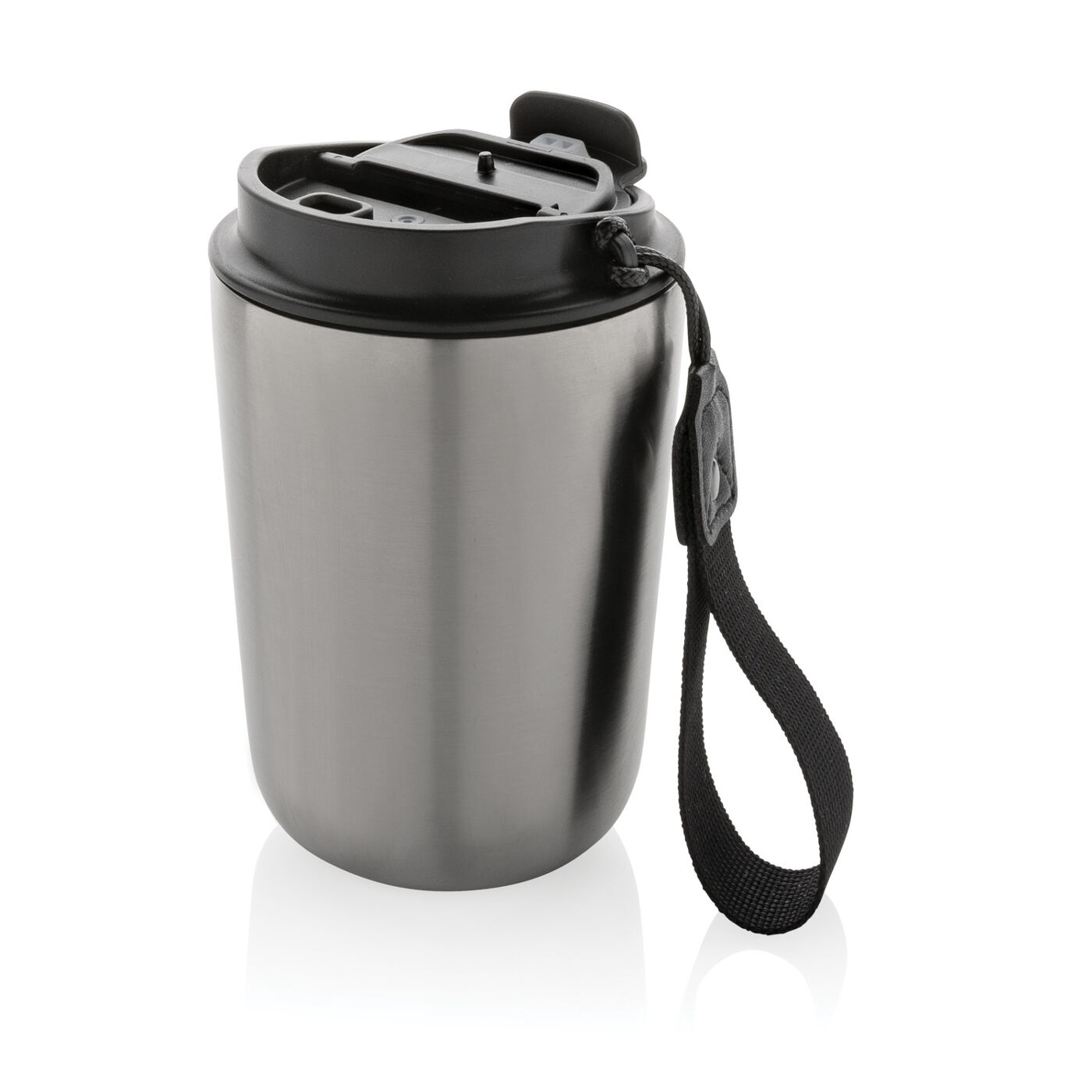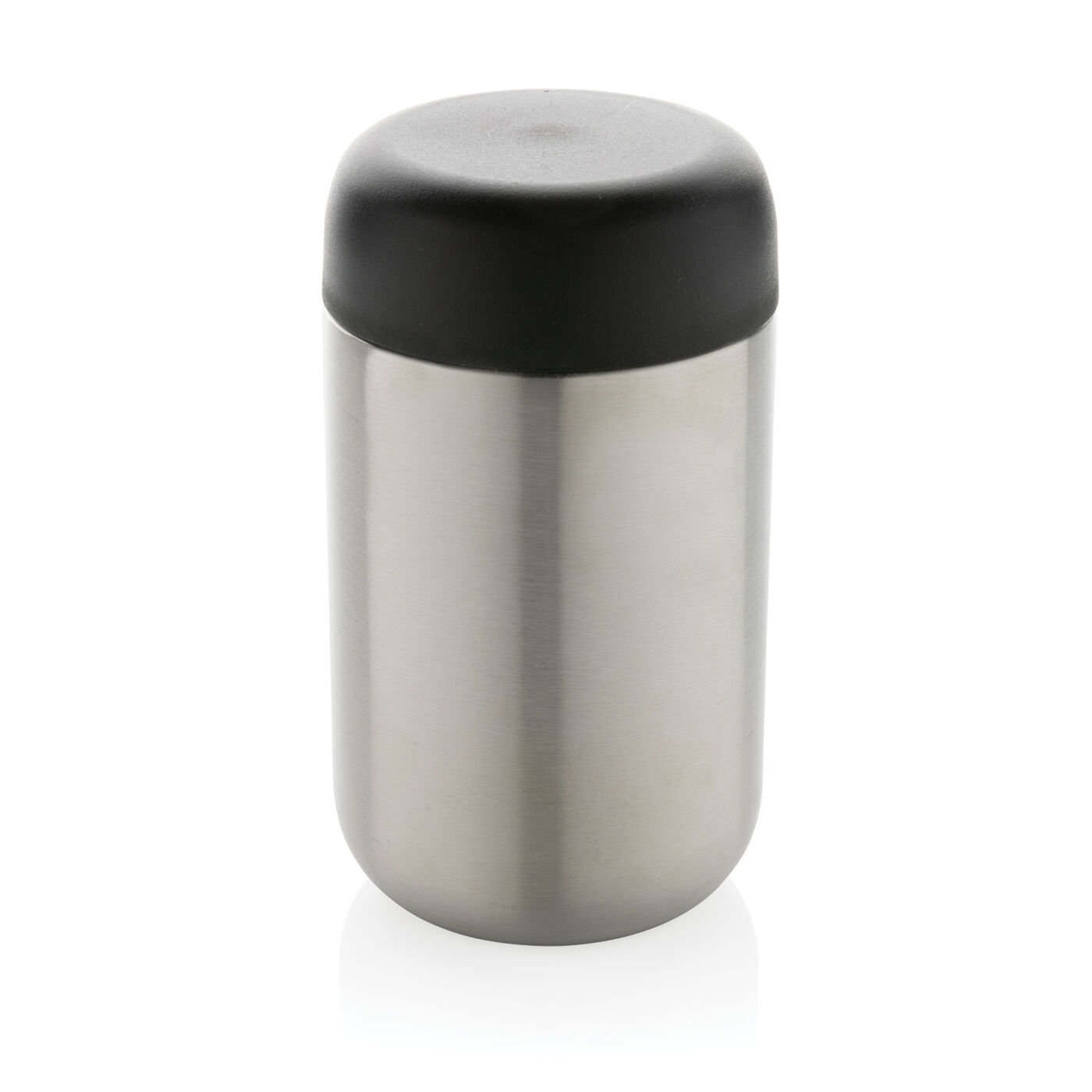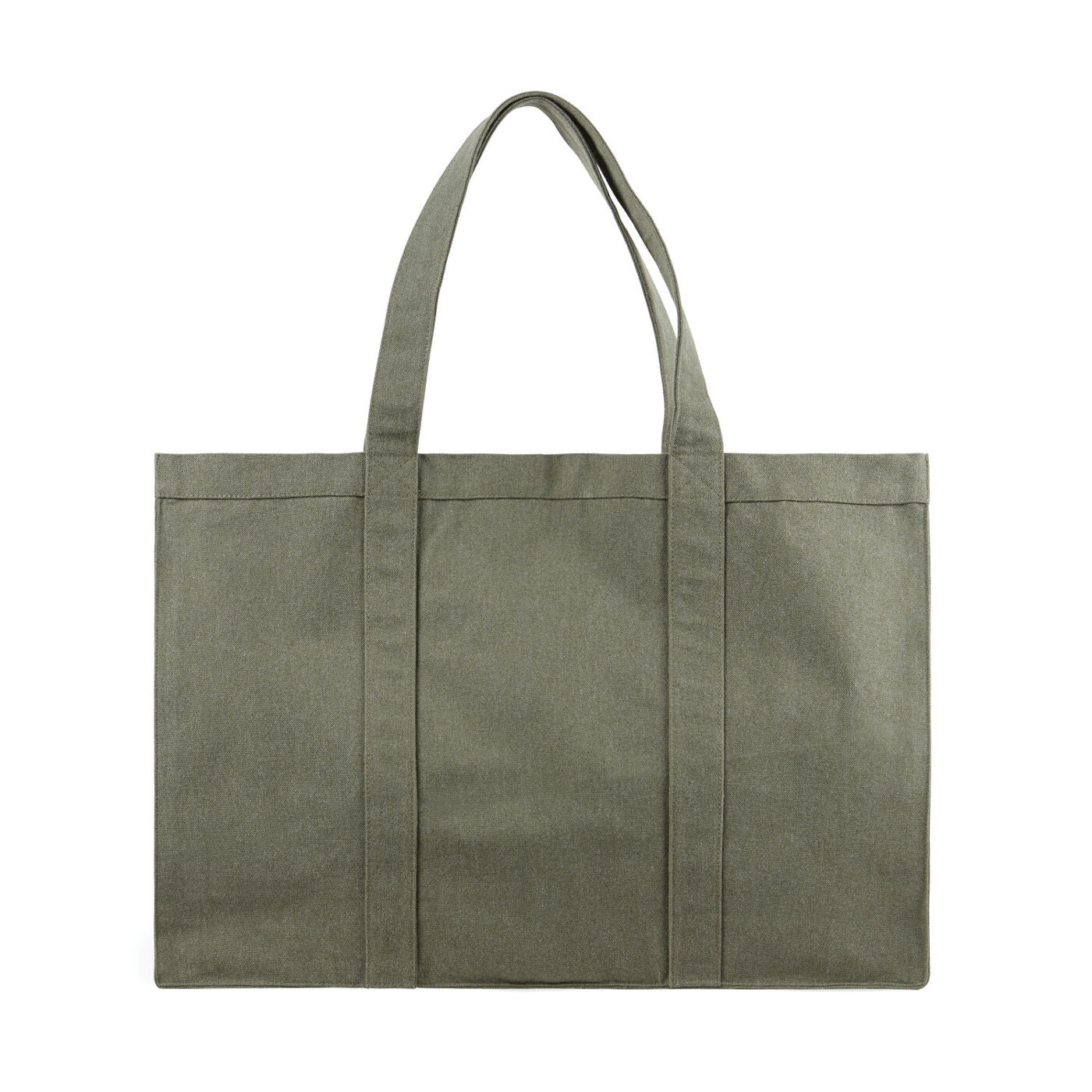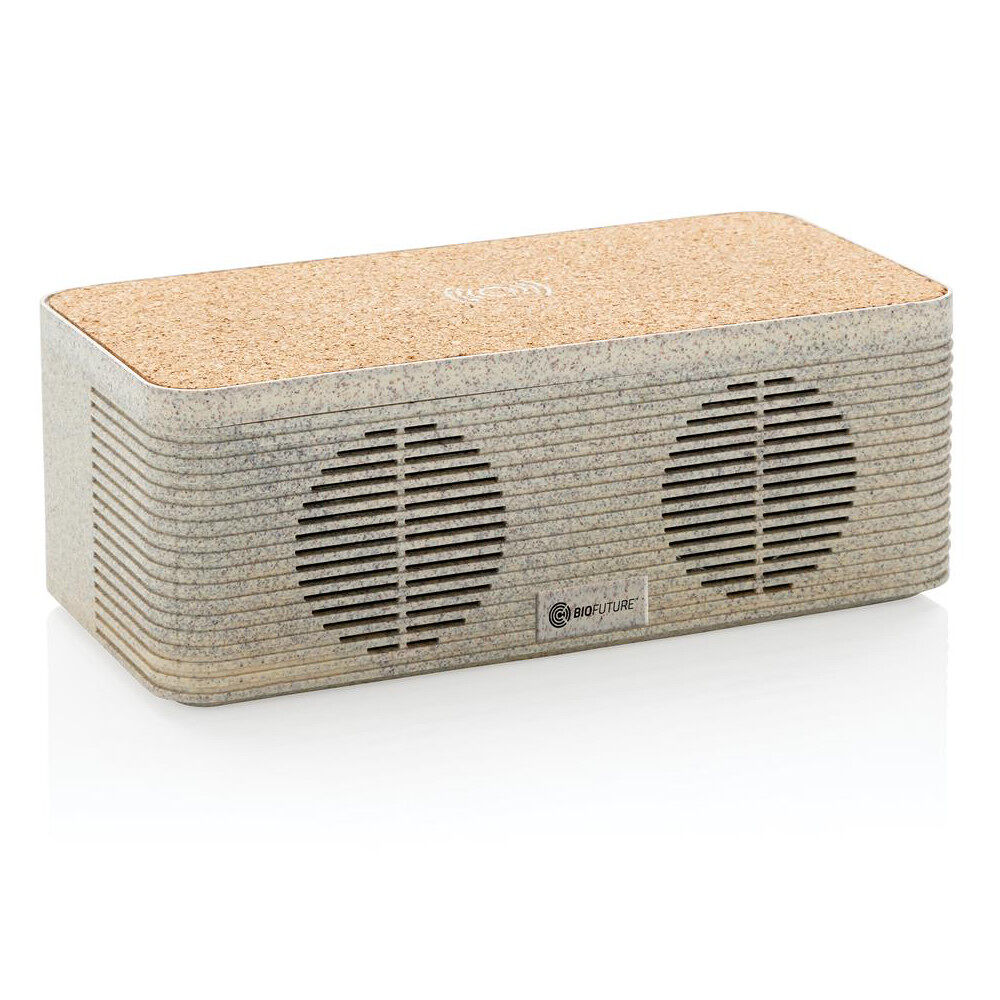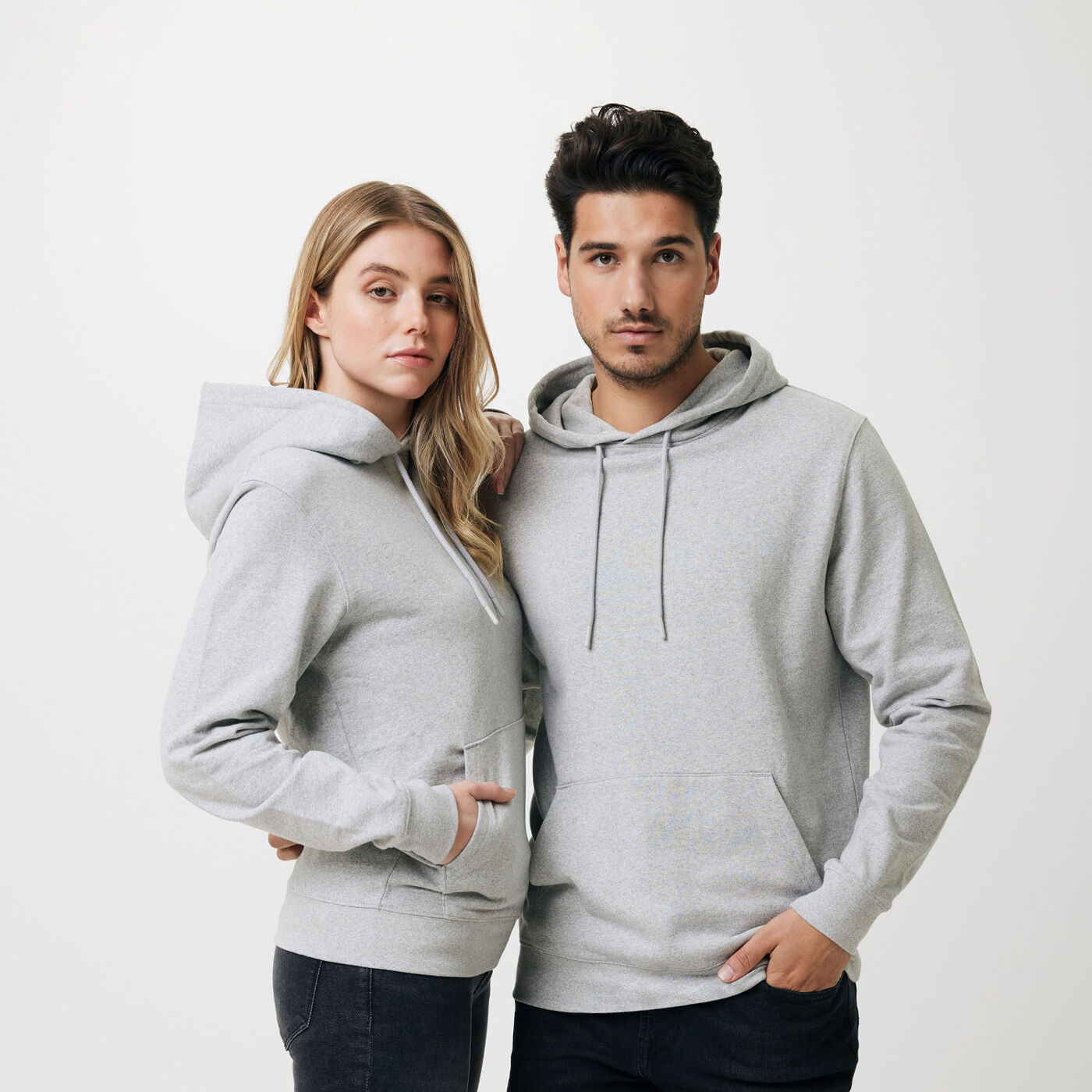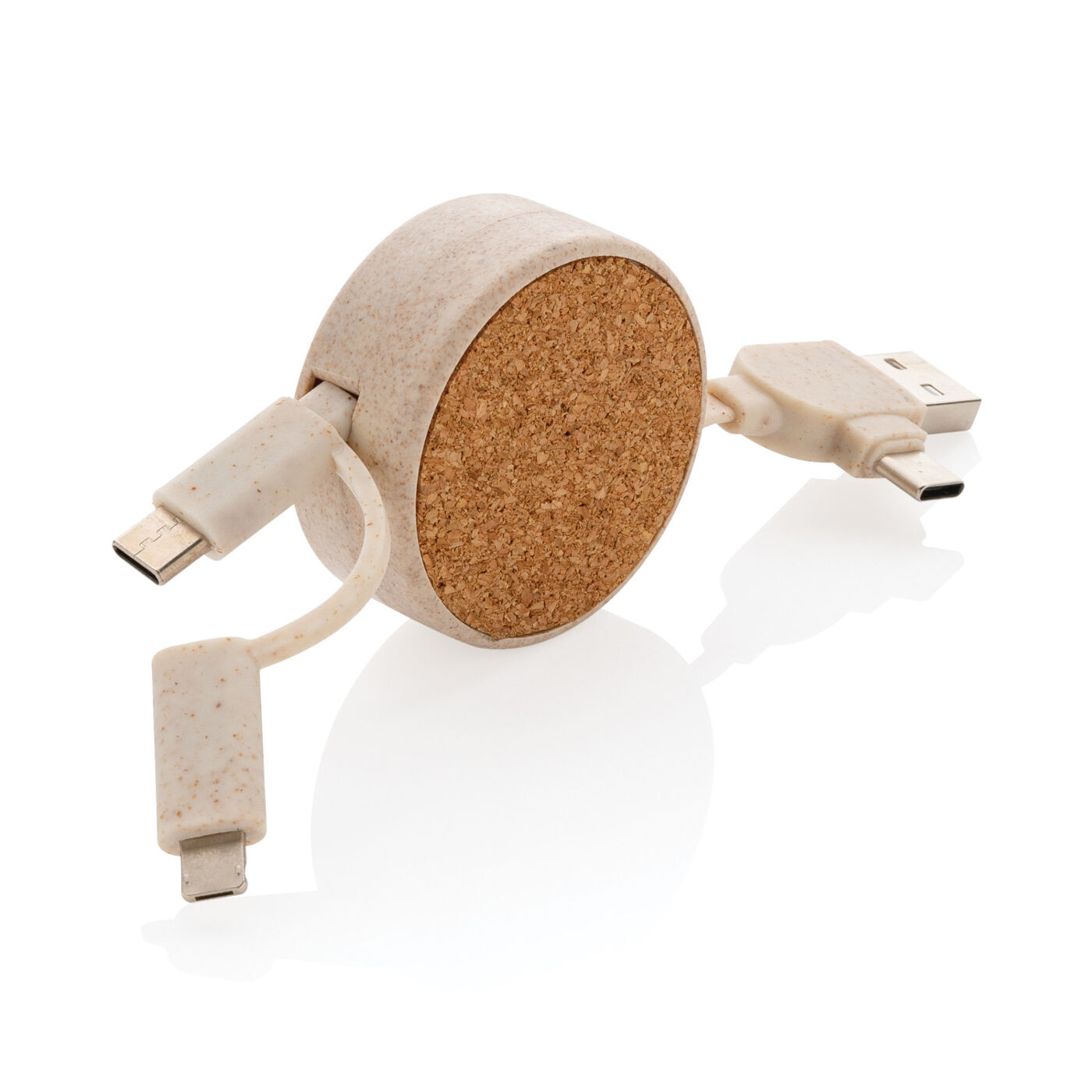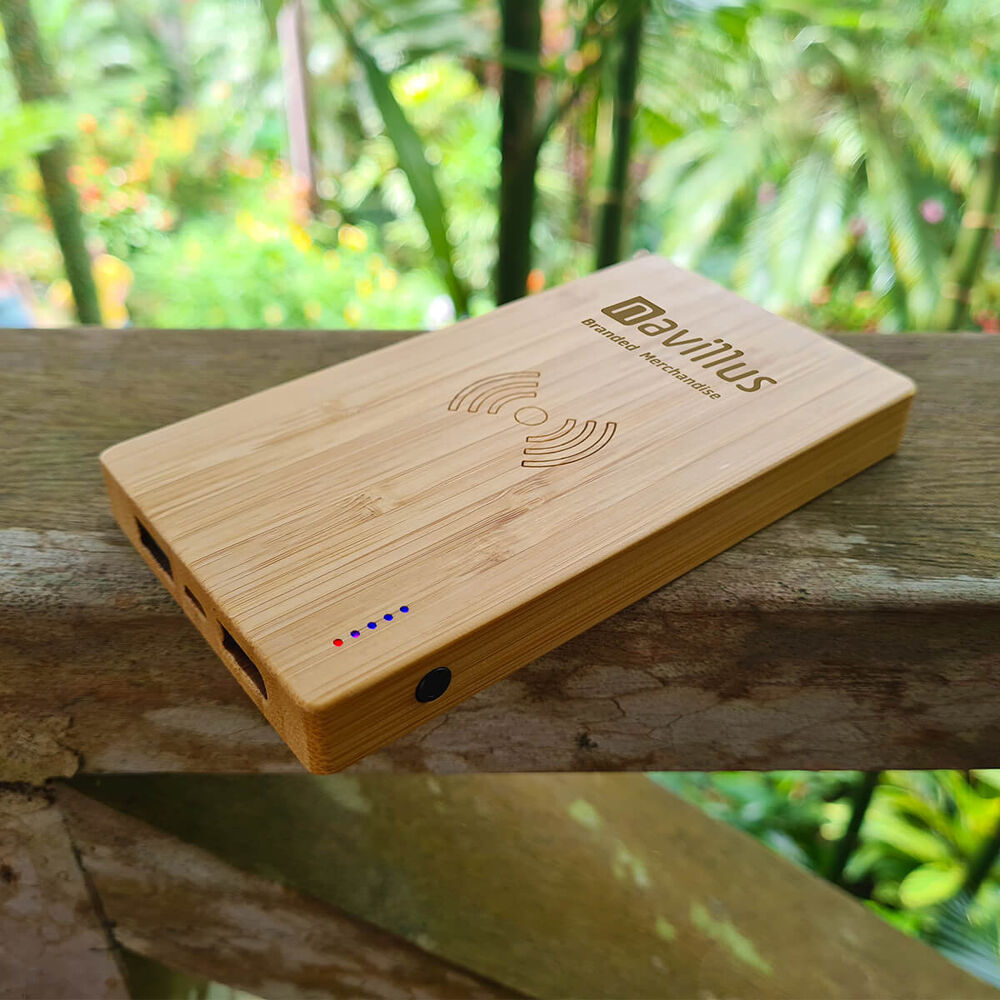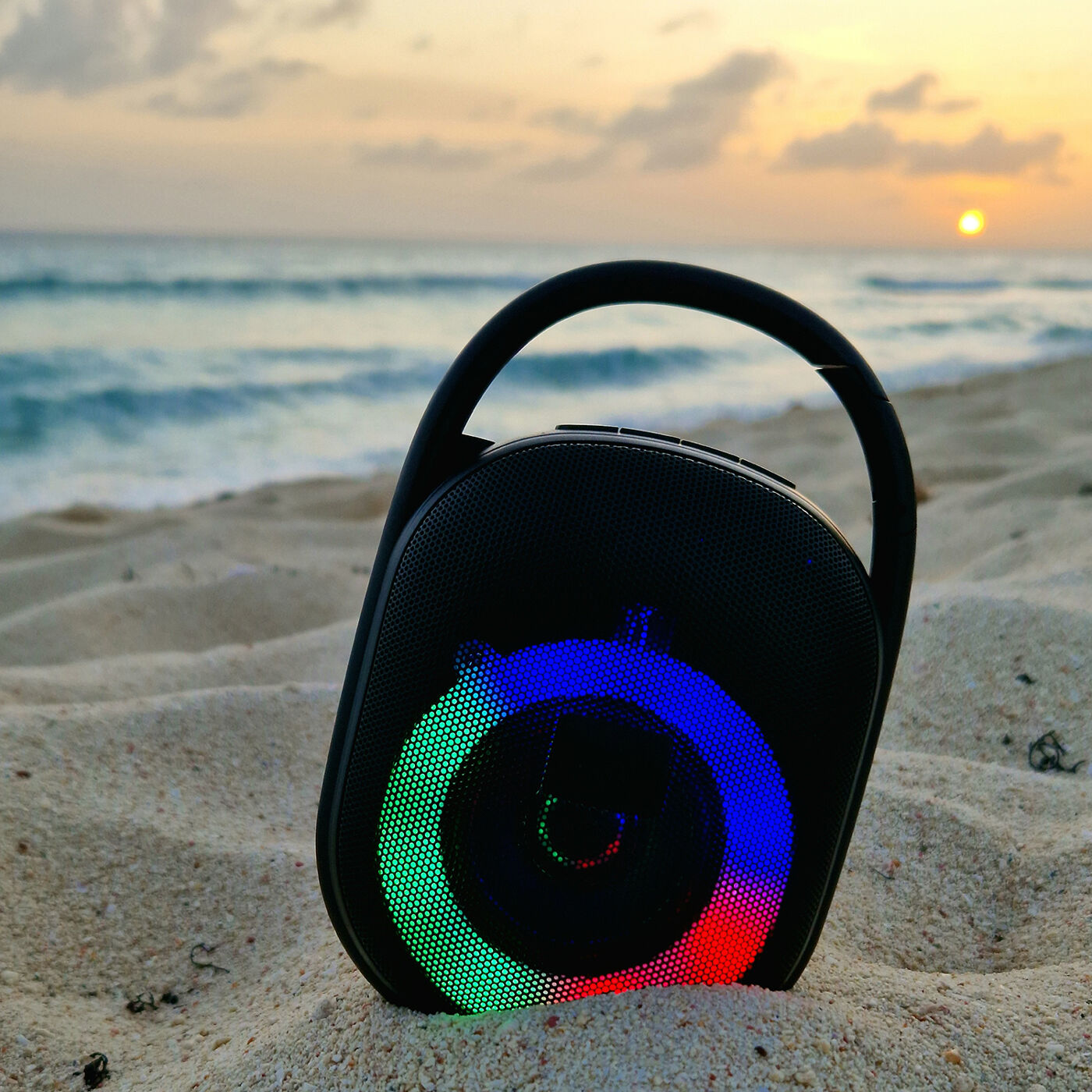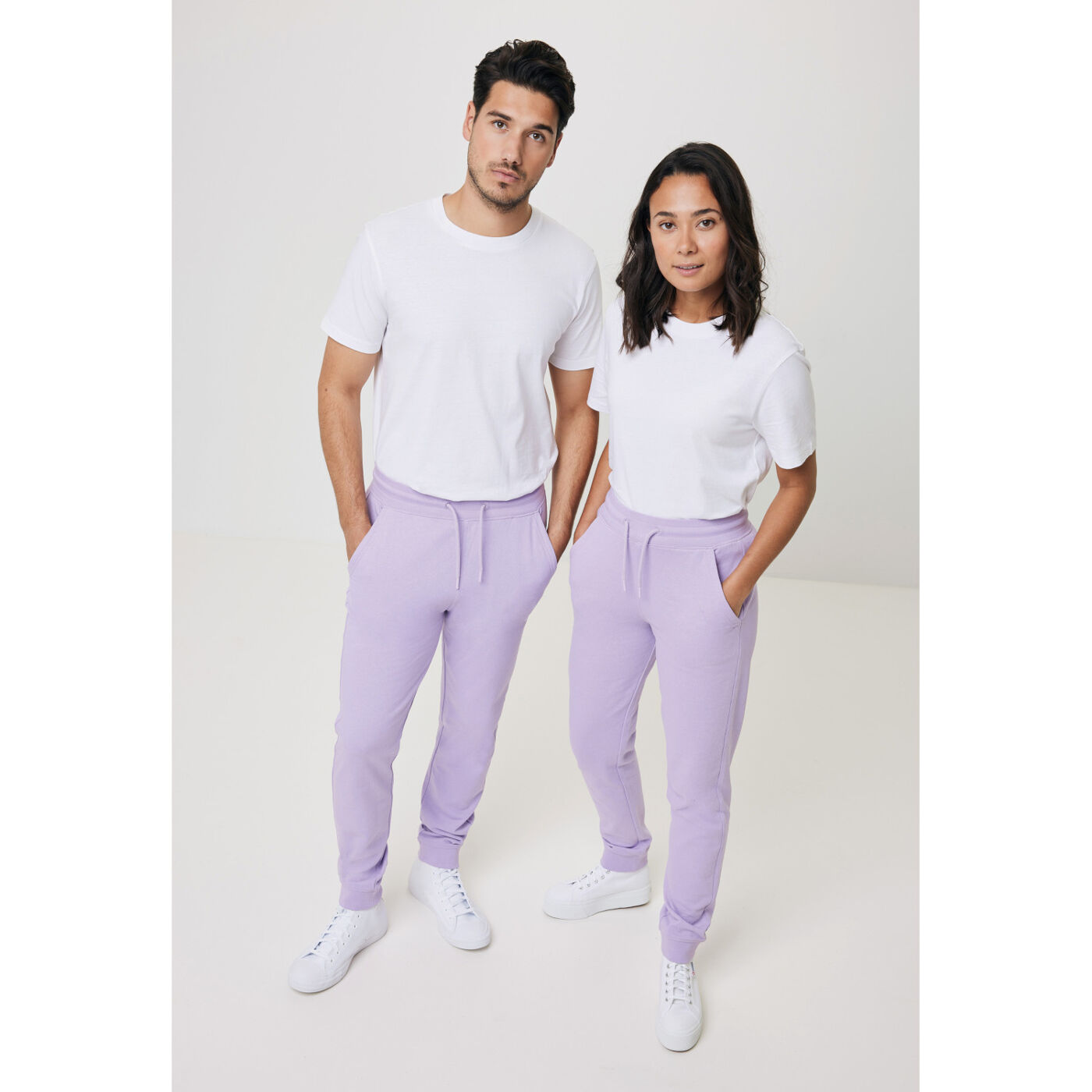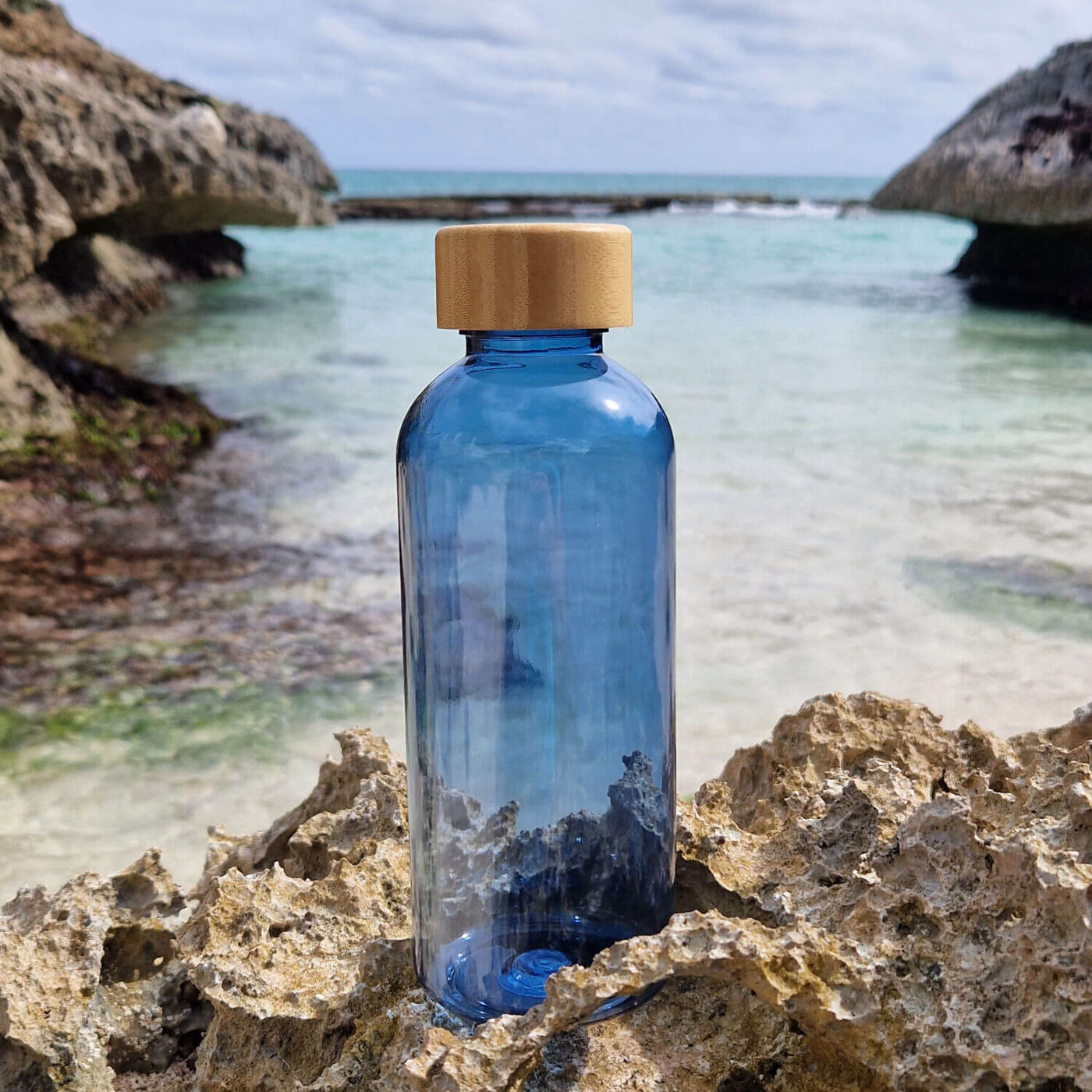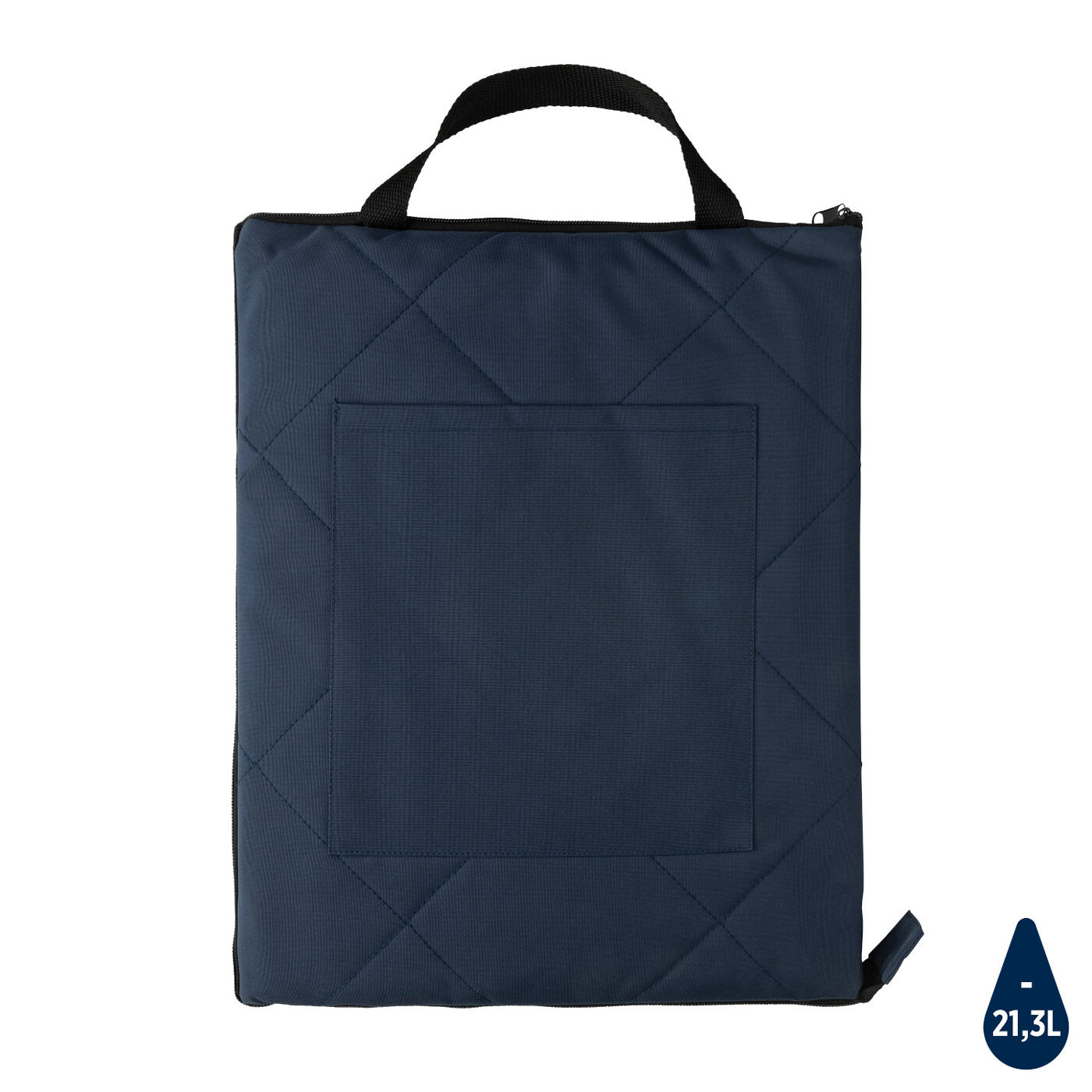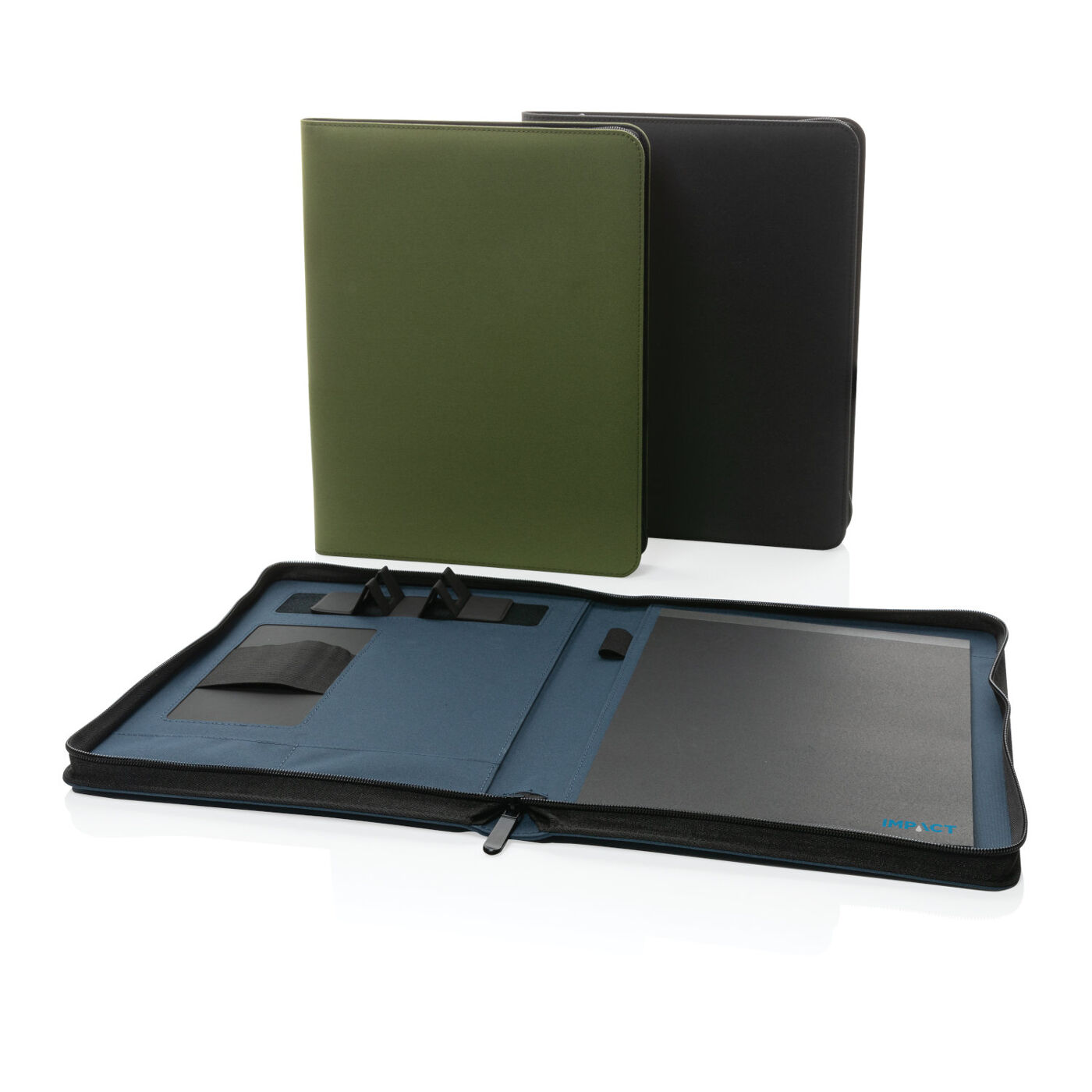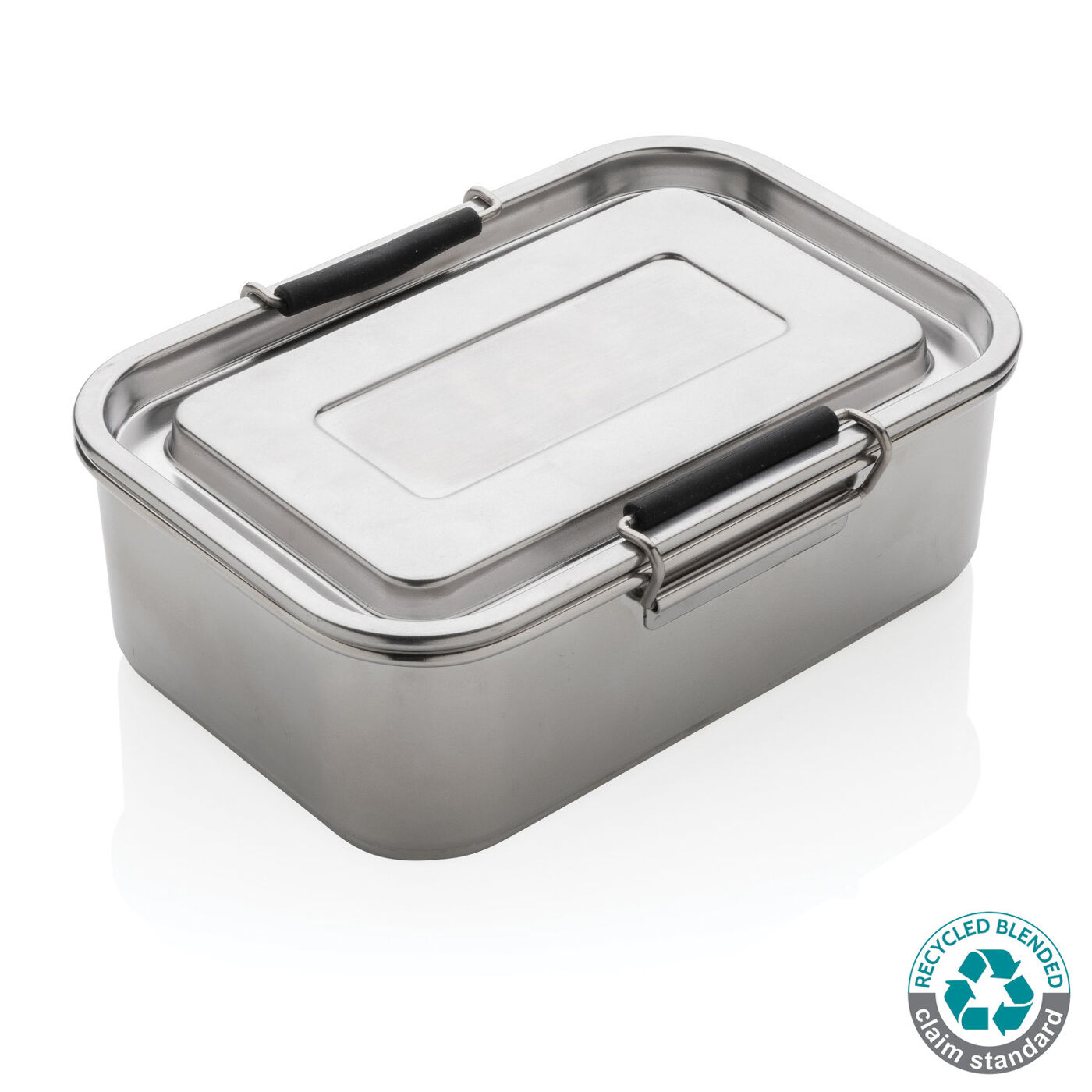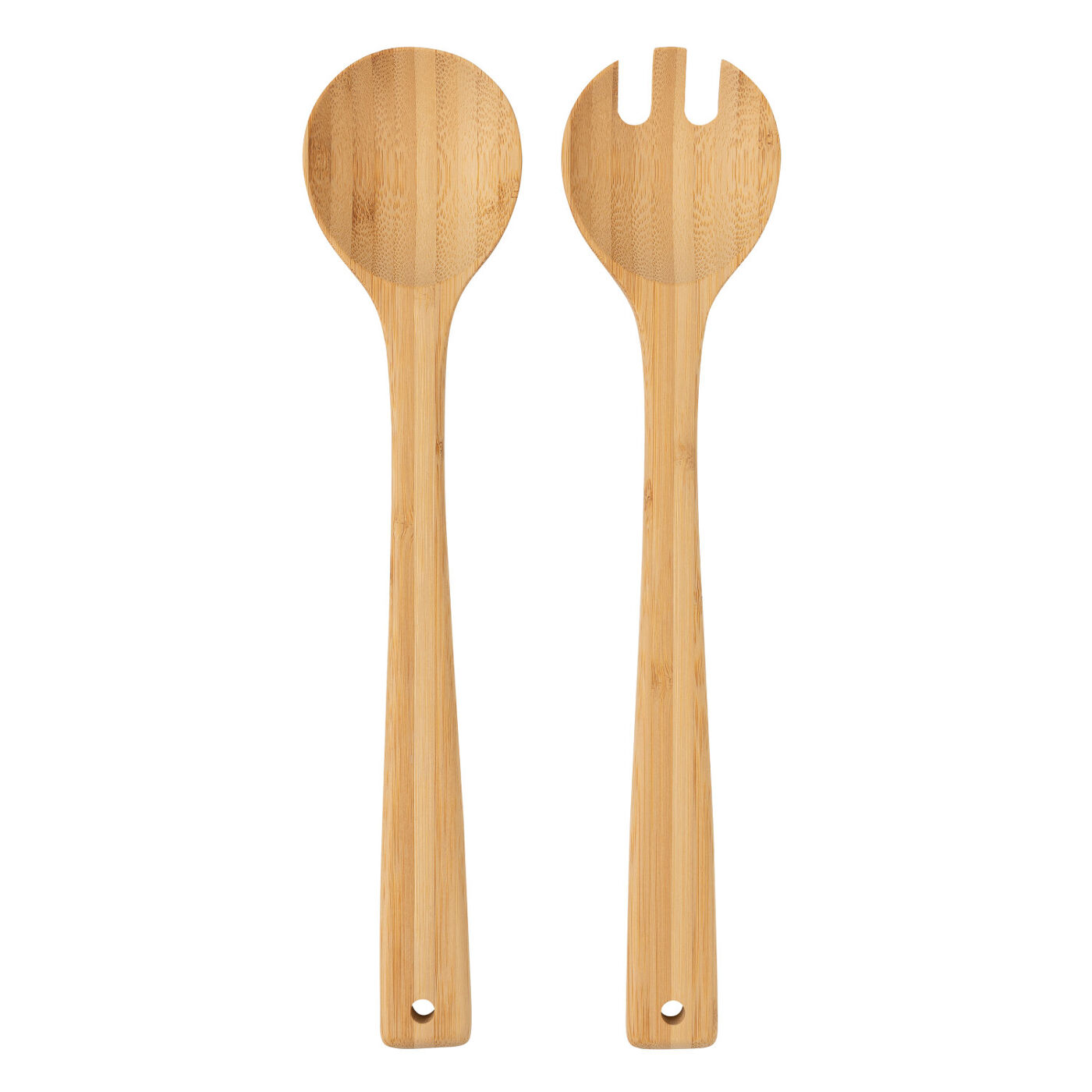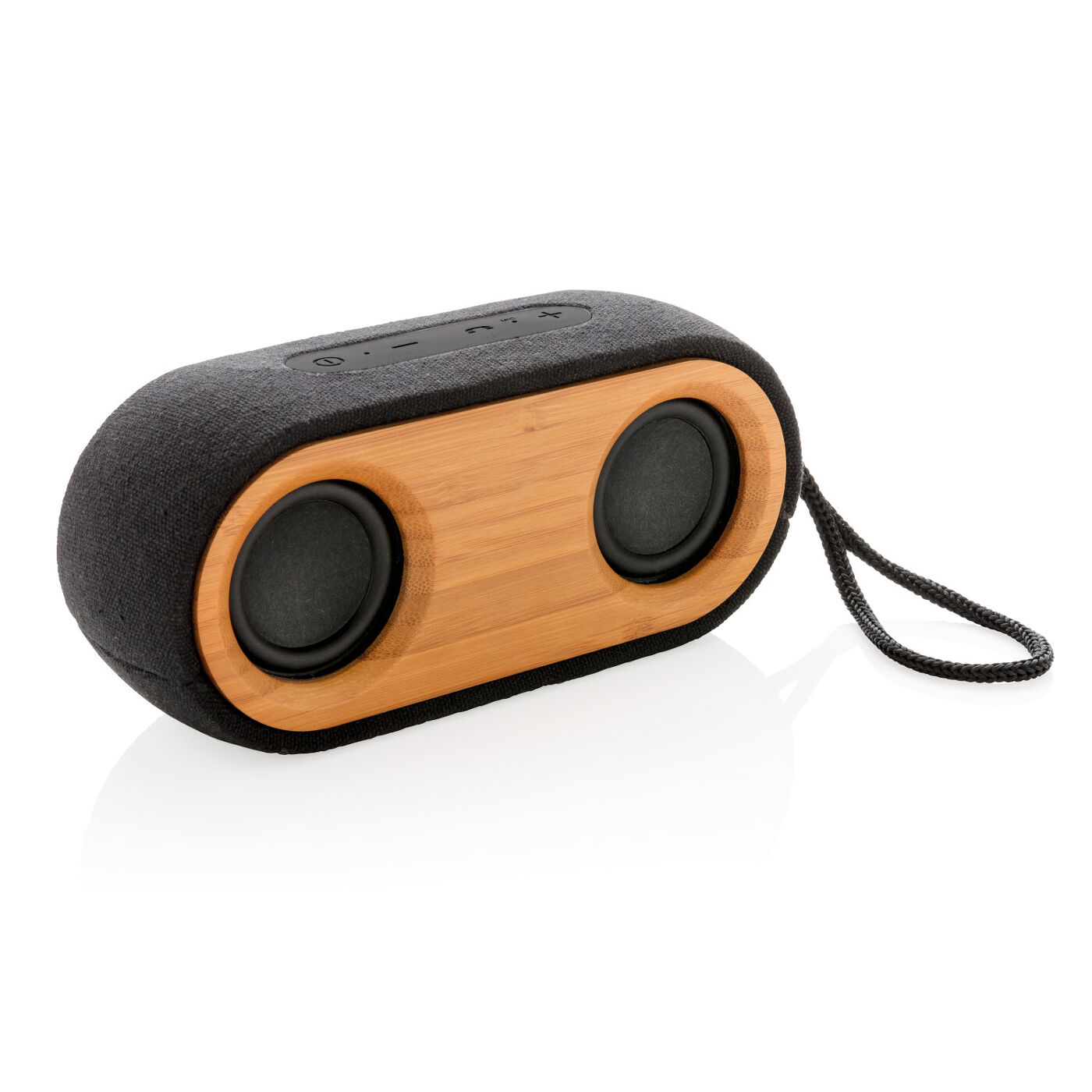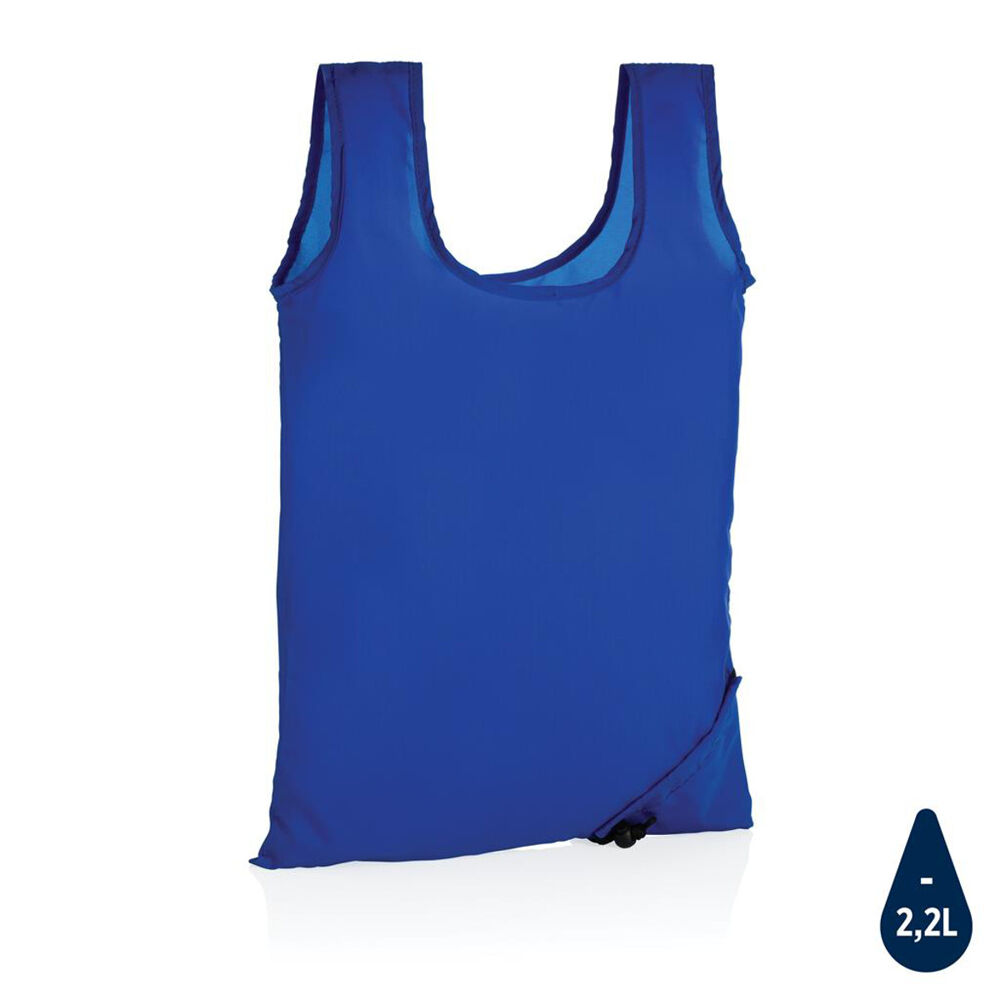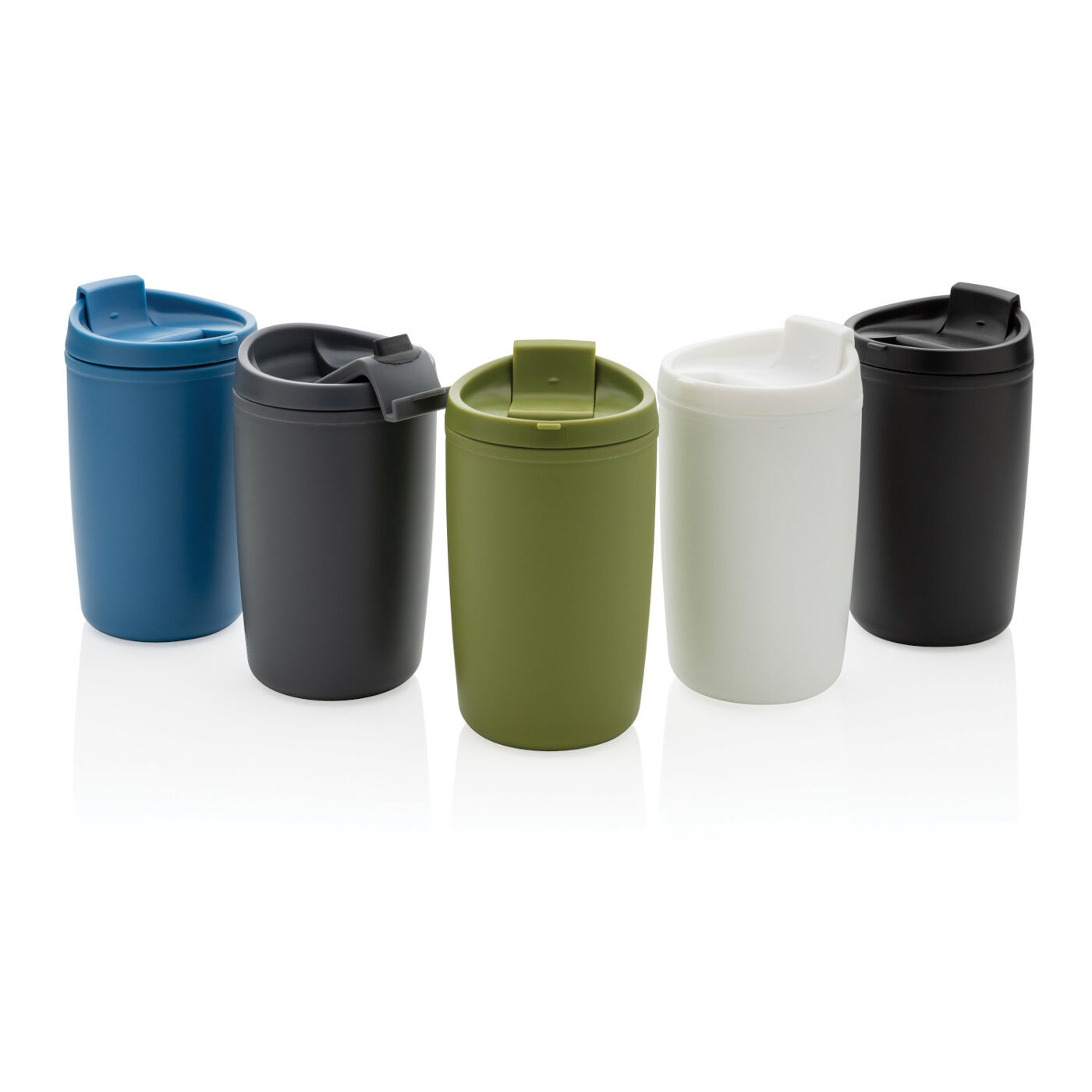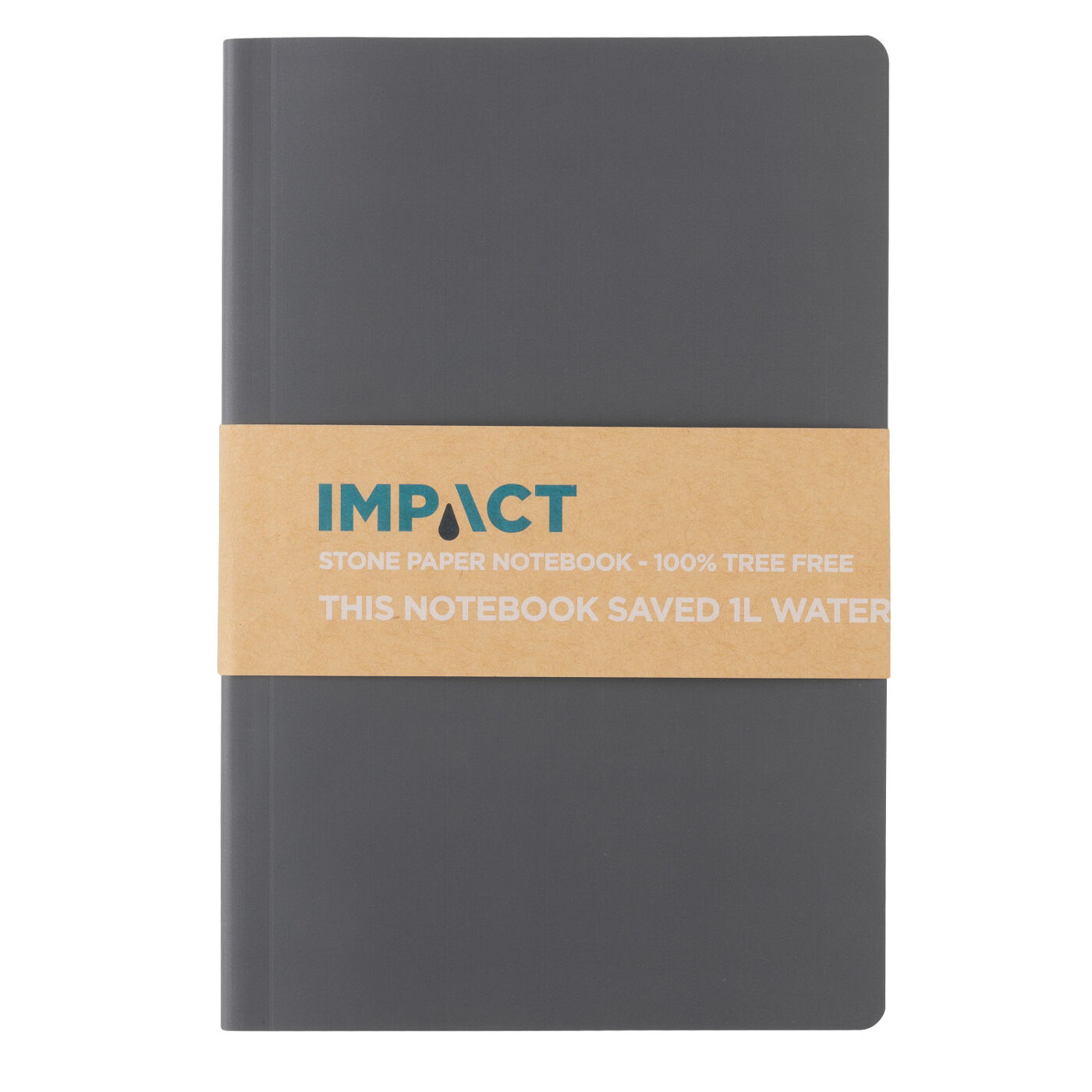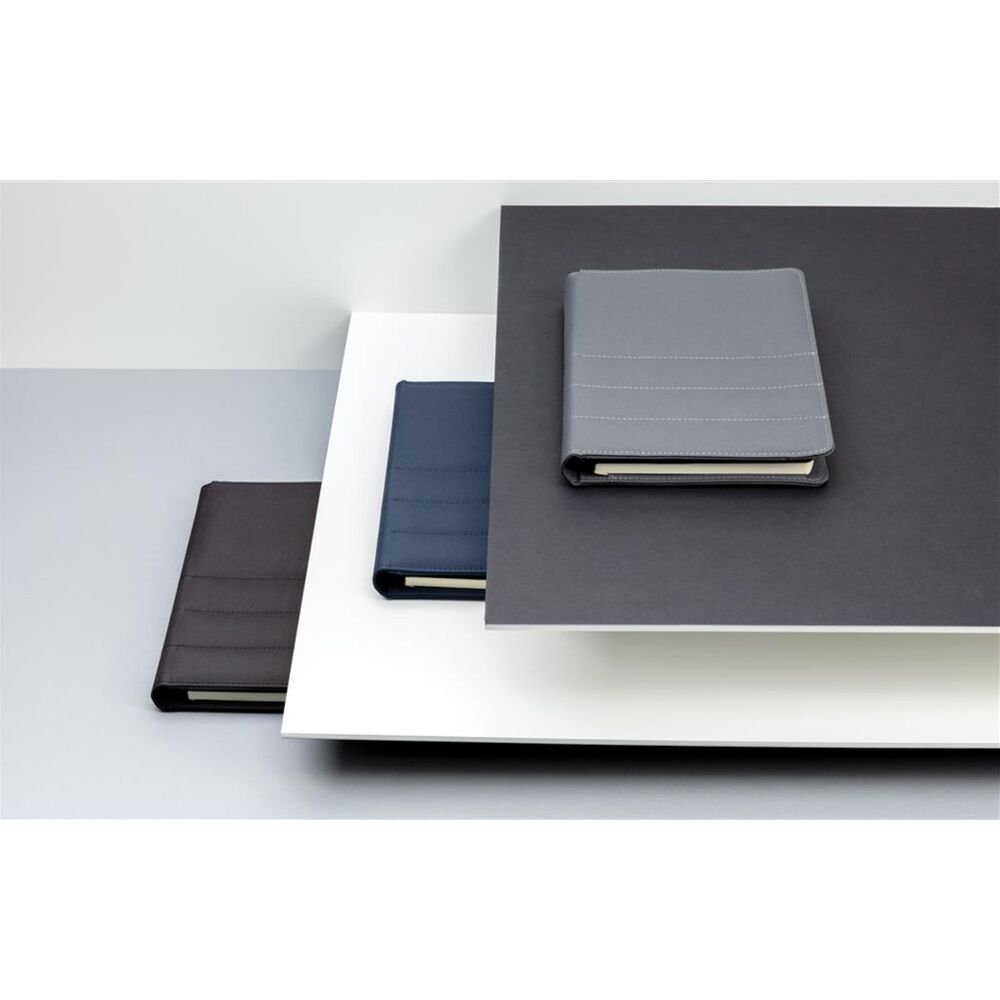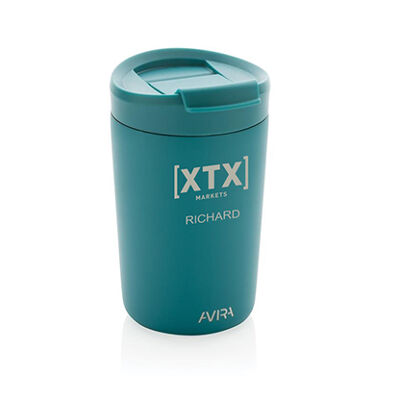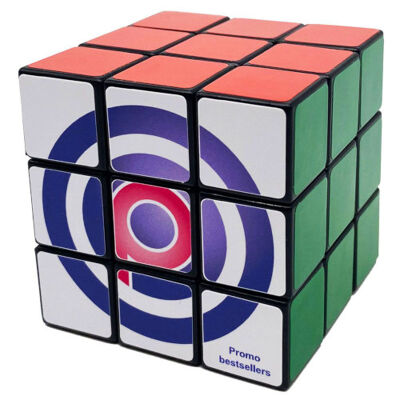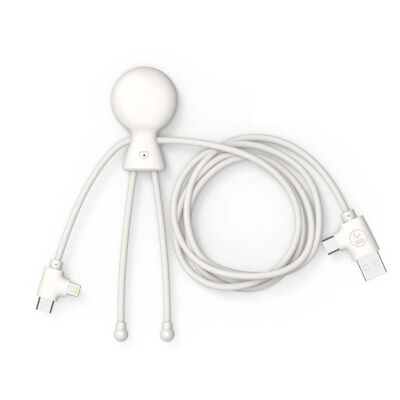Carbon-Tracking for Sustainability
![]() You may have noticed more and more of our products carry a carbon footprint badge like the one shown to the right here. The badge shows the weight of carbon dioxide emitted during the creation of the product, and it's displayed at the upper right hand corner of the product photos of all items we have carbon tracking data for. Read on to find out how to use these badges to make informed decisions about the environmental impact of your purchasing choices.
You may have noticed more and more of our products carry a carbon footprint badge like the one shown to the right here. The badge shows the weight of carbon dioxide emitted during the creation of the product, and it's displayed at the upper right hand corner of the product photos of all items we have carbon tracking data for. Read on to find out how to use these badges to make informed decisions about the environmental impact of your purchasing choices.
![]()
What's the deal with carbon dioxide anyway?
Carbon dioxide, or CO2, is known as a green house gas because increasing amounts of it in the atmosphere cause average temperatures to rise over time, which is why the gas is blamed for global warming. Unfortunately practically everything we do in the modern world emits carbon dioxide, every time you buy anything or eat or travel anywhere except on foot, there are carbon emissions associated with that activity. All of these things together contribute to our own personal carbon footprint, including just sitting there and breathing. So it's impossible to get your carbon emissions down to zero, the best you can can hope for is to minimise them, and that's why our suppliers are racing to come up with new products that do just that.
![]()
What is carbon tracking?
Carbon tracking for manufactured items involves calculating the total emissions of carbon dioxide involved at every stage of production. The result is called the product's carbon footprint and it makes a good standardised measure of the environmental impact of the item's manufacture, a measure that's readily comparable across different items made by different suppliers.
As an example, for an item such as a polo shirt this calculation would involve totalling the CO2 emissions for each of the following:
- Gathering raw materials - planting, growing and harvesting the cotton
- Processing the raw materials - spinning the cotton into thread
- Production of components - weaving the thread into fabric plus also manufacture of the buttons
- Final assembly of the item - cutting the fabric and stitching everything together
- Additional operations - transportation and warehousing of the garments plus a proportion of the emissions associated with running offices and other infrastructure
As you can see it's a complicated calculation that involves collecting a lot of data, all of which has to be validated, which is why so far only our biggest suppliers are able to do it. But it's such a useful measure of a product's environmental impact that in future more and more suppliers will also provide that information, and as they do we'll make sure we pass it on to you too.
![]()
How should you use carbon footprint information
You can use these figures to make informed decisions about the environmental impact of the products you purchase. Ideally you'd want a product with a small a carbon footprint as possible, but of course that shouldn't be the sole determinant of which item you choose. A product's lifespan, usefulness, recyclability, and other factors also matter. A well-made product with a longer life may ultimately have a lower overall impact, even if its initial carbon footprint is higher. Plus there are other relevant considerations like resource conservation and waste reduction that should be considered when evaluating a product's wider environmental impact.
However, when you're comparing like for like, the carbon footprint is an invaluable tool for assessing which is the greener alternative.
![]()
Find out more...
Browse the Related products below to see some select examples of our carbon-tracked products (you'll notice the thumbnail pictures include the CO2 figure in kilograms at top right). However to see ALL the carbon-tracked products in our growing range we've collected them here...
Click to see our full carbon-tracked collection
And remember, we offer many, many products for which there's currently no available carbon data but that are made with sustainability in mind and are undoubtedly eco-friendly in nature...
Click to see our Sustainable Merchandise collection
Lastly if you want to more help or advice choosing greener promotional merchandise...



















